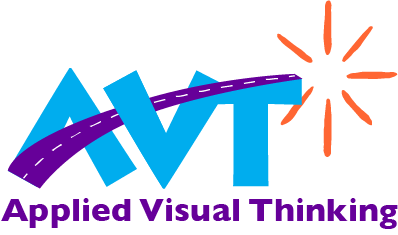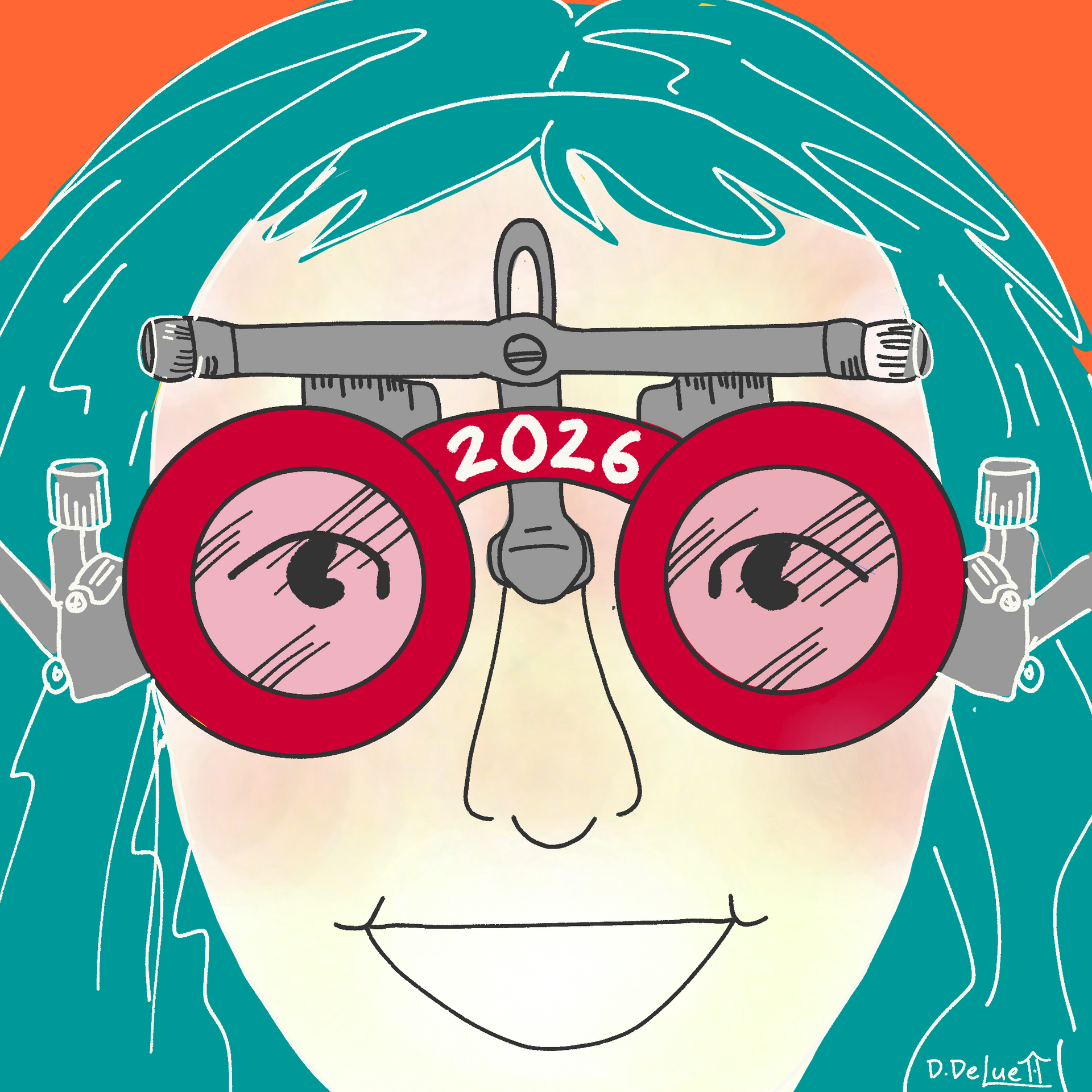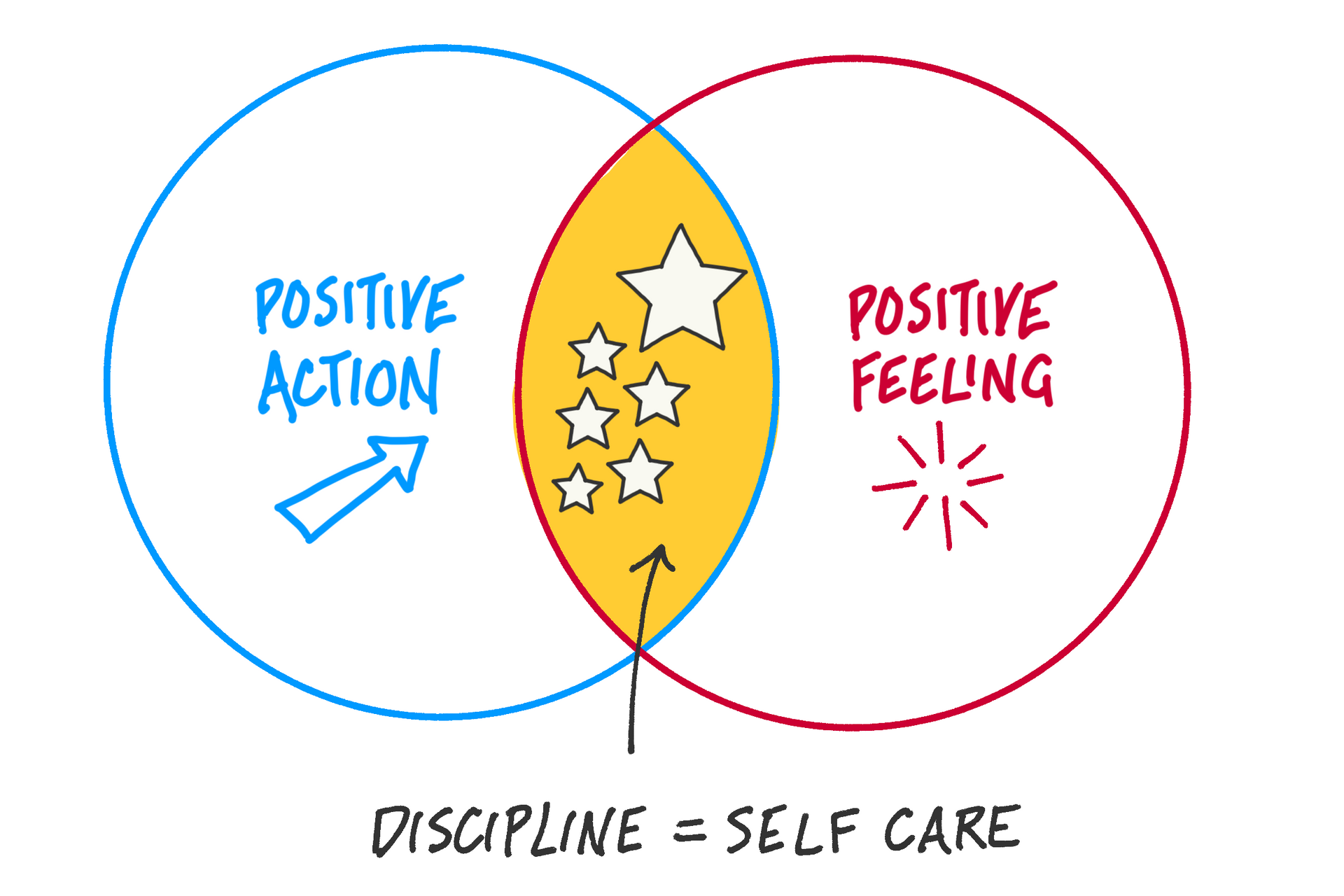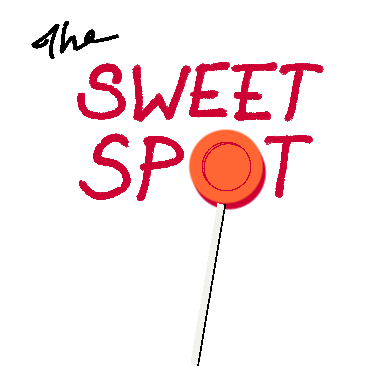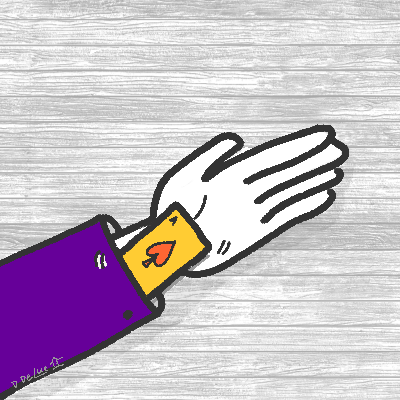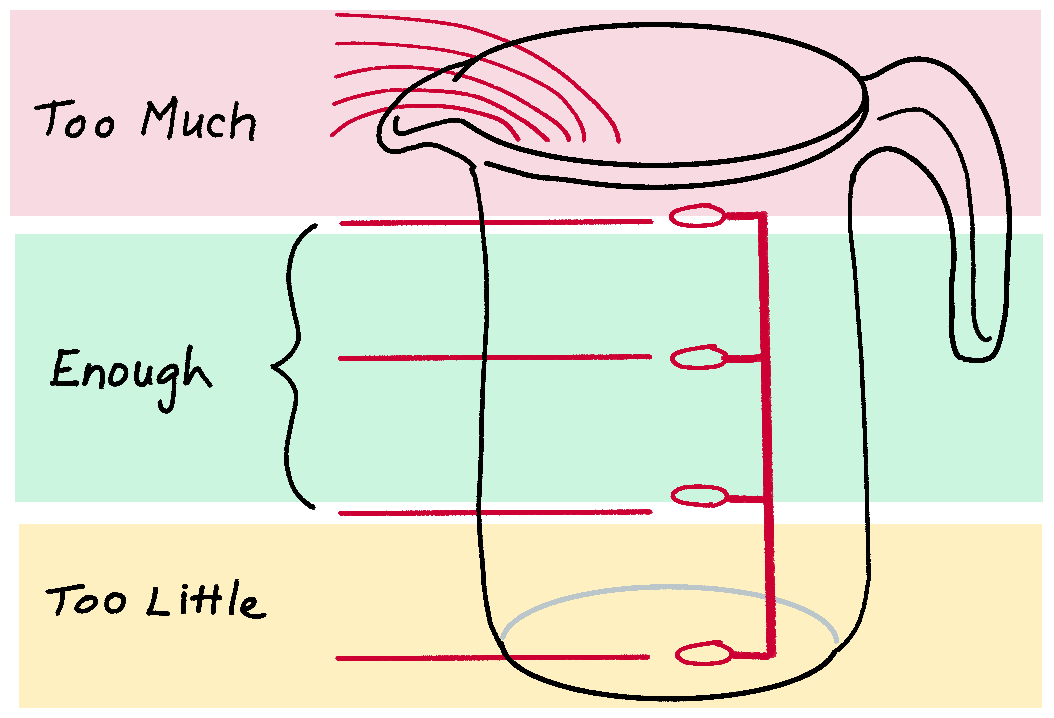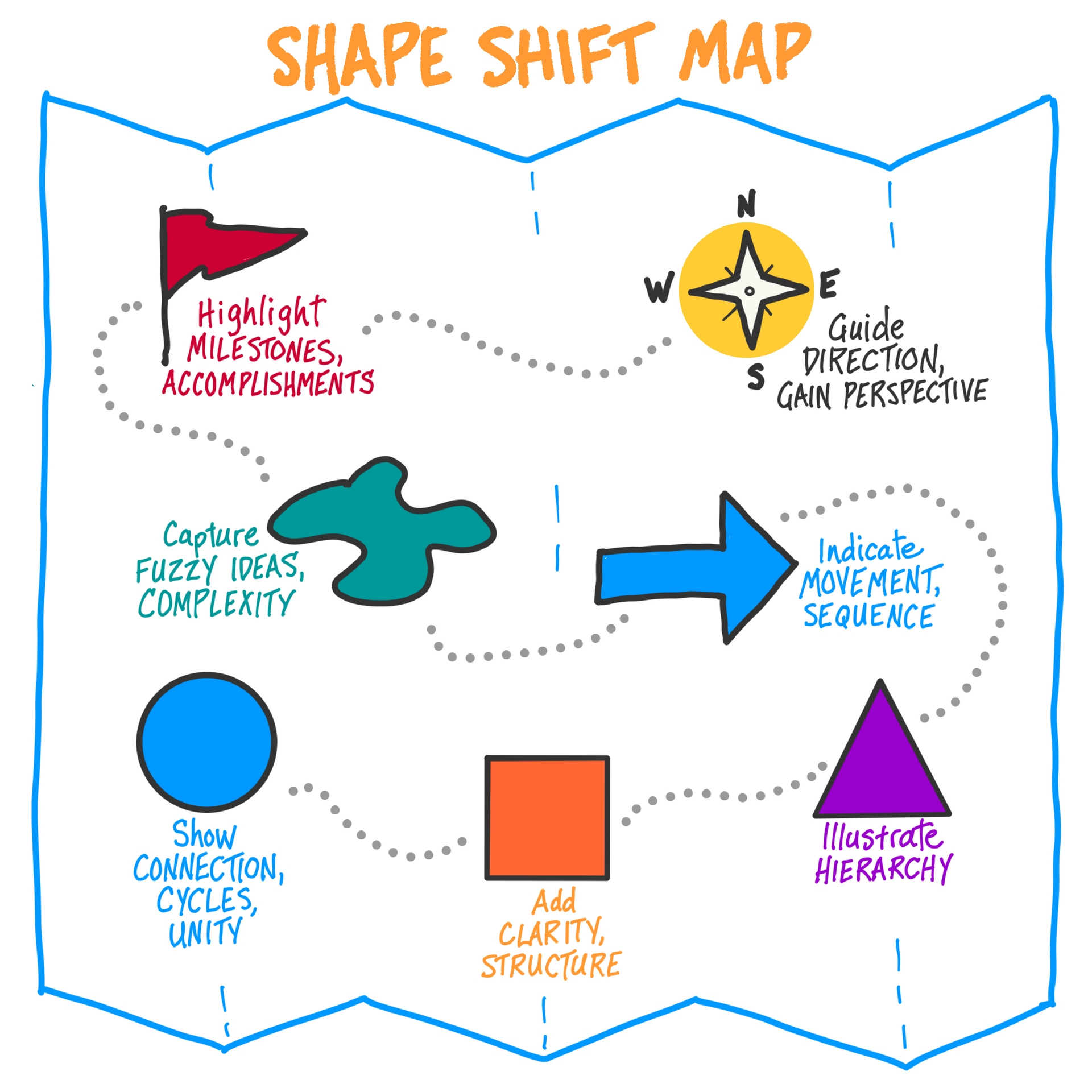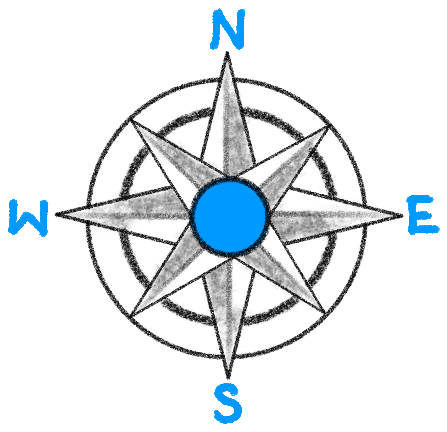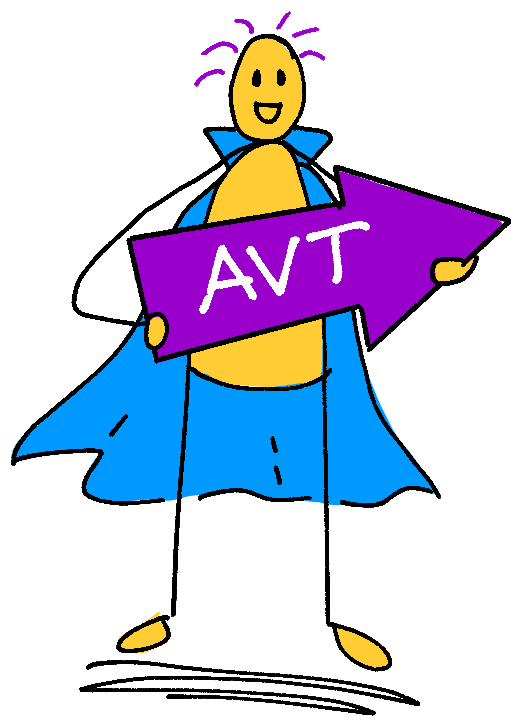Creative writing is a breeze with you start with a map
The Art of Applied Visual Thinking
I recently worked on a creative writing prompt to describe my favorite place. On the surface, the prompt seemed easy. However, as I was writing, I found it challenging to go beyond the surface and express my feelings about what makes that place special. Que the entrance of one of my favorite visual thinking tools, borrowed from software development, the User Experience Map. This handy map is a fast, visual way to capture what's happening around you.
A user experience map typically captures what a user is thinking, seeing, saying, doing, feeling, and hearing. Because the sense of smell and taste are the senses most tied to memory, we suggest adding a section for scents and flavors to round out the experience when using one as a tool for creative writing.
Creating a favorite place map
is a fun exercise for yourself or when developing a character
or persona.

Sketching out the important aspects of your favorite place in the form of a quick map will give you a jump start on your creative writing, while
visuals can help you dive deeper into what you or your character or persona appreciates about
a specific place.
Want to hop in and
give it a whirl?
Download a copy of the free template,
grab your favorite pens, and dive in.
Step 1: ID the character - Draw a simple character of yourself or your character or persona in the center circle on the map. Drawing yourself in the center of the action helps ground you in the place you want to describe. Download a free how-to-draw simple characters handout for a quick, easy formula for drawing simple characters.
Step 2: Get the facts - Write down your name, or the name of the character or persona and their title if that's relevant, and the name of the place you'll be describing.
Step 3: Creative daydreaming - Close your eyes and take a few deep breaths. Center yourself and let your imagination take you to your favorite place. Once you're there, stand up and walk around.
- Notice what catches your interest.
- Pay attention to the sights, sounds, and smells of the place.
- Notice the feeling of the area. Is it warm and inviting, calm and soothing, vibrant and exciting? Take a couple of minutes to get the big picture, then take a closer look and notice the details.
- What are the specific things that make this place unique?
- What items do you want to touch or hold in your hand?
- Pay attention to activities going on in this place. Are you watching or participating? Is the vibe laid back and casual or intense and invigorating?
- Notice what you're thinking. Are you caught up in the present moment or wondering what might happen next? Do you long to sit down and stay awhile, or is this place made for passing through?
- What are you saying or tasting? Are you having a lively conversation over a delicious meal? Or whispering to your neighbor while nibbling on popcorn in a cool, dark theater? Or enjoying the salty tang of the sea air while walking silently on the beach?
- Mining your memory or imagination for sights, sounds, details, flavors, textures, and important events is what you're striving for.
Step 4: Make it visual - Open your eyes, pull out your pens and your map and draw out and jot down notes about everything you noticed in as much detail as possible. There is no right or wrong way to create your map. Start anywhere and work institutively. Stop whenever you feel satisfied with the results.
Step 5: Break time - Stand up and take a short break. Grab a drink of water or take a short walk.
Step 6: Put it into words - Open your favorite journal or writing app and pretend you're writing an article for a magazine. Use your favorite place map to remind you of the things you appreciate about the area and explain the details. Paint a picture of your favorite place in expressive and inviting terms to inspire someone else to visit that place.
Starting with a bit of daydreaming and a quick visual map is a great way to enliven your creative writing. Try it the next time you're writing an article, a paper, or to a friend. You may find your work has more depth, details, and flair.
For more practice using visuals to alter the future, check out all the Applied Visual Thinking Courses or get in touch to let us know what YOU need to make happen using visuals.
